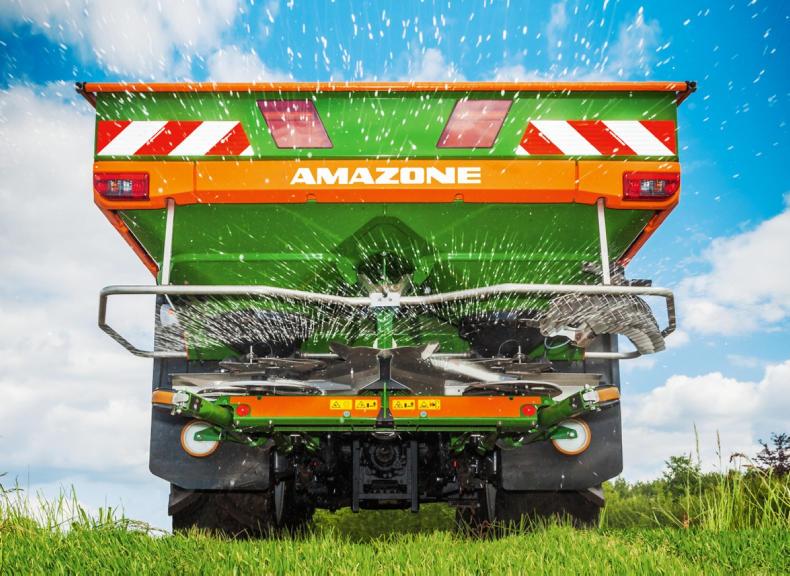Uncertain weather
Some crops were drilled last week while others cannot get in to plough. But it was even later than this last year when things began to improve. While it is certainly not late yet, there is still a challenge in getting the last of one’s acres sown in a timely fashion.
Hopefully we get land dry enough again over the next few weeks. With days stretching in the second half of March it is important to have good seedbed conditions when you do plant. The hope is that crops get into top gear quickly post emergence and that there will be no set-backs.
Winter crops
There are two main jobs to be done – fertiliser application and weed control.
Fertiliser: Fertiliser is about N, P K and S in particular. If you haven’t had a soil test within the past four years, you must assume Index 3 status. Get these elements applied as soon as possible.
This means 42kg P and 108kg K/ha on an 11 tonne crop of winter wheat or barley and 34kg P and 130kg K/ha on a 9t crop of winter oats, all with straw removed. Winter oilseed rape requires 30kg P and 65kg K/ha for a 4.5 t/ha crop. These are all maintenance dressings and additional nutrient is required to build soil fertility from Index 1 or 2.
All crops need to have some N applied at this point. Some crops look hungry – others don’t yet. At this point one should have a minimum of 30gk N/ha on wheat and oats and at least 60kg on winter barley. Rape will tend to be between 60 and 120kg N/ha depending on the amount of canopy required.
Sulphur is important, especially during rapid growth. For this reason it needs to be applied prior to GS31 or main-split timing. Options to apply S (15-20kg S/ha) include CAN + S, Urea + S, ASN or sulphate of ammonia.
Weed control
Weed control is more awkward at this point, especially for winter barley. Most crops were not sprayed since planting and some were only sprayed recently. Grass weeds are the main challenge. We have a number of options for use on wheat such as Alister Flex, Broadway Star, Pacifica Plus etc but very little for barley. While this would have been targeted with IPU in the past, the few options now might be a Firebird DFF combination, or possibly Tower.
The biggest challenge is to target grassweeds initially and come back to tidy up. Many crops that are not yet treated are not too bad with weeds but annual meadow grass is still likely to be a potential problem in most fields.
Where there are few or no weeds present then pendimethalin may still be useful, particularly in mixes such as Flight or Picona. Where there are lots of grass weeds and nothing has been done previously then products like Alister Flex might be considered. If you know that you will not get much meadowgrass and you have other problems like sterile brome then Broadway Star becomes the option.
Decisions are very much on a specific field basis. It is probable that many options may require a subsequent follow-up spray for broadleaved weeds.






 This is a subscriber-only article
This is a subscriber-only article









SHARING OPTIONS: